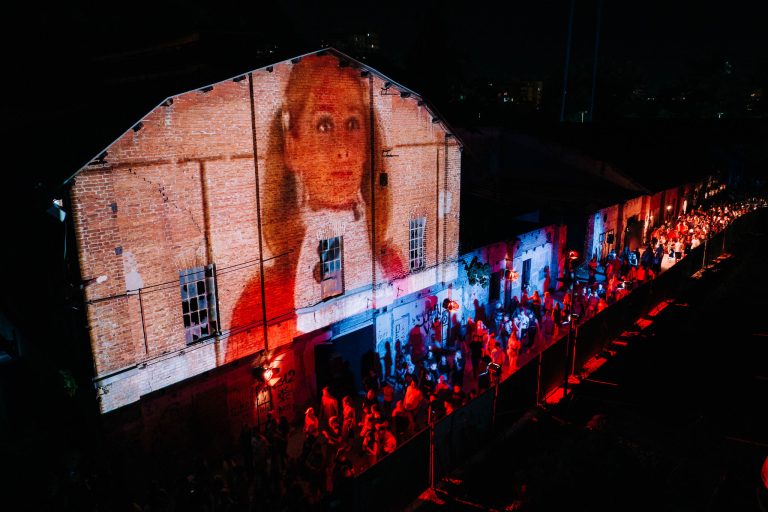Autumn sunny days, especially weekends, are the perfect opportunity to spend time with friends or family outside the hustle and bustle of the city. If you are not sure where to go, have you thought about getting to know the Vojvodina places in the plain, which have a lot to offer and are close to Novi Sad? One of our suggestions is Temerin, a place with the longest street in Serbia, which is only 20 kilometres from Novi Sad.
Temerin is the seat of the municipality of the same name in the southeastern part of Bačka, which consists of Bački Jarak and Sirig. It is well connected to Novi Sad (the famous 32 city bus or local taxi drivers), it is close to important roads in Vojvodina (which is very important for attracting investments and more intensive development of industry), it opens into the nature park Jegrička, it has a large Olympic and thermal swimming pool, a large number of farms (salaš), restaurants with a rich culinary offer, etc.
The majority of today’s Temerin residents are descended from immigrants, primarily from Bosnia and Herzegovina, and later from Croatia, who arrived in different periods, and from the older Hungarian population. All this created a specific social and cultural micro-climate, which has a very positive effect on the development of the place and its inhabitants.
Let Us Take a Look at the Historical Development of Temerin
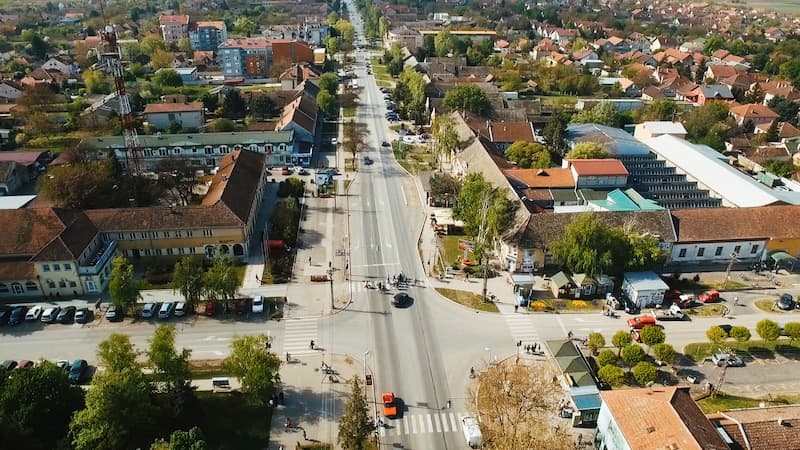
A Municipality with a Rich History
The first mention of Temerin is found in a papal receipt from 1332, addressed to Laurentius de Temerius, a Catholic parish priest. The town of Aranja is mentioned as early as 1762 since the old Serbian church in Temerin was called ‘Aranjska Klisa’. This place was part of the Kingdom of Hungary until 1526, and with the arrival of the Turks, the whole Bačka was located in the Sanjak of Szeged, divided into six kazas (Baya, Bač, Szeged, Sombor, Subotica and Titel, which included Temerin).
During the Turkish rule over these areas, there was an increasingly massive immigration of Serbian people. In Szeged’s defter from 1560/61, the first Serbian names of the residents of Temerin, who paid taxes, were recorded. According to Dimitrije Ruvarac, Temerin was founded in 1722 as a settlement with 62 Serbian houses and three Orthodox priests (Miško, Mihajlo and Petar). The number was constantly increasing, thus in 1786, there were 215 Serbian houses. Between 1746 and 1749, the people of Temerin built a large and beautiful Orthodox church made of bricks, which was a real rarity at the time. It was located at the beginning of today’s Bosanska Street, between house numbers 2 and 10. We can conclude that Temerin was a rich place.
Ever since 1742, a school operated here, where reading, writing, church songs were taught, and the costs were borne by the Municipality. The most famous student of the school is Lukijan Mušicki, a native of Temerin. He was a writer, polyglot, professor of theology, bishop of Karlovac and associate of Vuk Stefanović Karadžić (credited for introducing the letter Đ into the alphabet).
Immigration of Hungarians and Germans
The organized immigration of Hungarians to Temerin began in 1782, and in 1787 Germans also immigrate, who founded and settled Bački Jarak, which until then was a wasteland in the Temerin area. On the site of Bački Jarak there was an old settlement that was mentioned as early as 1267, under the Slavic name Ireg, Irigd, Irig, which means ditch, named after the moat that has existed here since the Roman era. Swabians from Württemberg also settled in Bački Jarak. In 1799, Temerin was declared a Polish town and was given the right to hold four cattle fairs a year.
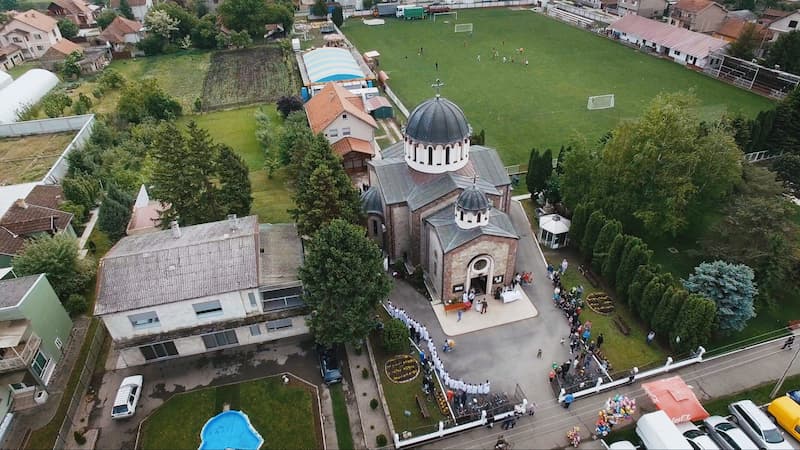
In 1796, Count Sándor Széchenyi bought Temerin and Bački Jarak for 80,000 forints. Count Széchenyi’s attempt to turn Serbs into serfs led to the emigration of the entire Serbian population from Temerin– 210 families and 1,610 people. In the spring of 1800, they de-constructed their houses and church and moved everything about 20 km east of Temerin. They founded a new settlement there. Since they moved on Đurđevdan (Saint George’s Day), they named the place Đurđevo. Five years later, they built an even bigger church in Đurđevo. Temerin was without Serbs for the next 120 years. Count Széchenyi brought Hungarian colonists from the counties of Pest, Fehér and Tolna. Among them were a lot of Slovaks, who were soon Hungarianized.
Széchenyi Castle
The Széchenyi family built a representative castle in Temerin in 1795, the so-called Kaštel, in baroque style. We cannot reliably determine who the designer was, but according to unofficial reports it is the canal builder József Kiss. The castle is surrounded by Old Park, and the entire estate once spread over 20 acres of land. Later owners, the Fernbach family and their gardener Vince Sadlek, turned the park into an ornamental garden, an arboretum. The garden was full of carefully selected and unusual trees, ornamental plants, flowers, decorated with fountains and water in which turtles swam, as well as two gazebos. Ordinary citizens could walk through the park on Sundays. The castle has been declared a monument of exceptional importance and today it houses the Lukijan Mušicki High School.

Challenging period for Temerin
Today’s Catholic church, located in the centre of Temerin, was built in 1804, and the old school in 1835. During the Revolution of 1848, Temerin was completely burned and destroyed, and the population moved to the north, but most returned after a couple of years. A big storm hit Temerin on 20 July 1853, on the day of St. Elijah according to the Gregorian calendar. The Hungarian population then swore that they would not work on this day in the future, and it is celebrated even today. With the arrival of the railway in 1899, the industrial and commercial development of the town began.
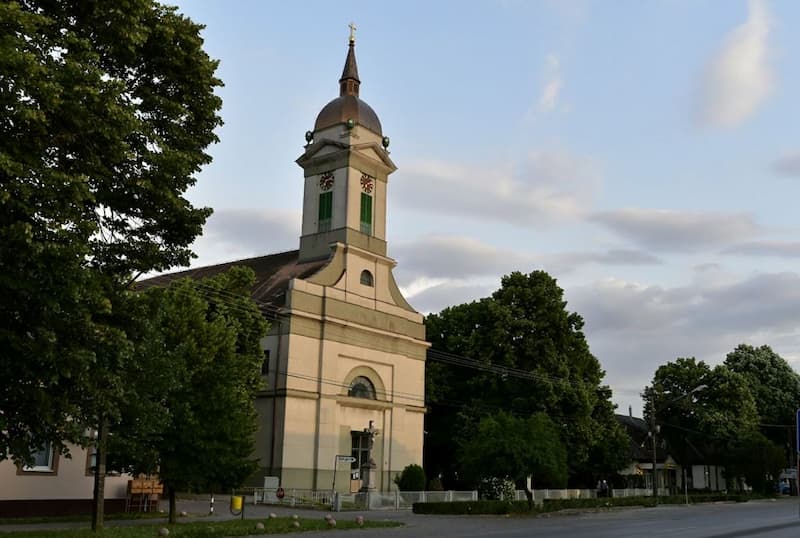
Staro Đurđevo
The Széchenyi family sold Temerin and Kaštel to grain merchant Antal Fernbach from Apatin, and Temerin will remain in the possession of his heirs until the agrarian reform in 1920. The organized creation of a new settlement in Temerin began, which will be named Staro Đurđevo in memory of the old Serbian settlement. Today it is a large settlement of about 4,000 people. After World War II, a large number of colonists arrived in Staro Đurđevo (from the village of Vrbljani, Bosnia and Herzegovina), in Sirig and in Bački Jarak, which was completely abandoned by the former German population. The civil war of the 90s of the last century caused significant changes in the national structure of the municipality of Temerin, due to the arrival of a large number of Serbian refugees.
Taihaz native house
It was on the initiative of colonists from the Bosanska Krajina, and with the desire to preserve the memory of the homeland, that the Homeland Museum collection of ethnological and historical character, the so-called Brvnara, was created in Bački Jarak. In Temerin itself, there is the ‘Tájház’ Native House, opened in 2003, and it is managed by the Temerin Art and Creative Colony. This cultural complex is complemented by the ‘Creative House’, where exhibitions, workshops and art colonies are implemented.
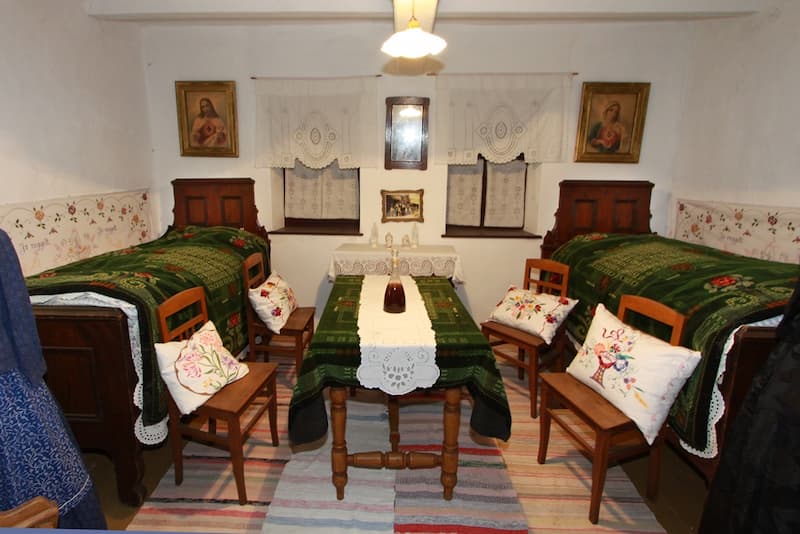
Temerin Has the Longest Street in Serbia, 12.5 Km Long
The very beginnings of the construction of the street date back to the reign of Maria Theresa. At the time, there was a custom to place crosses with Jesus instead of foundation stones, so one of these can still be seen today at the exit from Temerin towards Bečej. The longest street, formerly Maršala Tita Street, and today’s Novosadska Street, is 12.5 km long. When coming from Novi Sad, people first enter Bački Jarak, which has 142 house numbers. Upon entering Temerin, the numbers start from the beginning and go from 2 to 694. Novosadska Street was for a long time the first stop of the post coaches that came from Vienna, heading to Timişoara and Brašovan via Petovaradin.

Temerin can boast of an organized pool complex, which consists of a large Olympic pool and two pools with thermo-mineral water. The water is very healing and effective in the treatment of rheumatic, skin and degenerative diseases.

Park prirode JegričkaJegrička – once the longest autochthonous river of Vojvodina, flows through the municipality of Temerin with a length of 18 km. This is an important bird habitat and botanical area, where 80 species of aquatic and wetland plants are present, where protected and endangered species from the Red Data Book of the Flora of Serbia stand out (white water lily, pond fern, water chestnut, etc). Jegrička is inhabited by 20 species of fish, 14 of which are autochthonous, 198 registered species of pond birds, a significant number of amphibians, reptiles, and mammals.

Jegrička Nature Park offers visitors peace and quiet on the river bank, but also the possibility of fishing and recreation in the form of walks, rides on the catamaran Čigra, wooden boats, etc.

Famous manifestations
Besides, Temerin has developed hunting and fishing tourism and several such associations. Numerous events are held in Temerin, starting with the International January Wine Fair, the Brandy Fair, the Ludaja Festival in October, and certainly the most massive event called Prost k`o pasulj (‘Easy as Pie’).

Temerin as a place to rest
On the coast of Jegrička is the Moja Čarda hotel, with a children’s playground, outdoor courts, canoes and bicycles. Visitors can visit farms and wineries, which are ideal places for relaxation and wine tasting, such as Vindulo Wine Farm, Antero Ethno Farm, Kabach Winery, Alba Stables in Salaš 196 and Bucin salaš, where you can see a large number of animals, and try culinary specialties. Some restaurants also offer overnight accommodation, such as the Tri Šešira, Jelen and the widely famous Stari Rubin, which even has its own ‘Temerin steak’ on the menu. If you just wish to have a sweet tooth, then there is ice cream in the Palma café and HofyCuki pastry shop.
Author: Ljiljana Dragosavljević Savin, MA Historian

